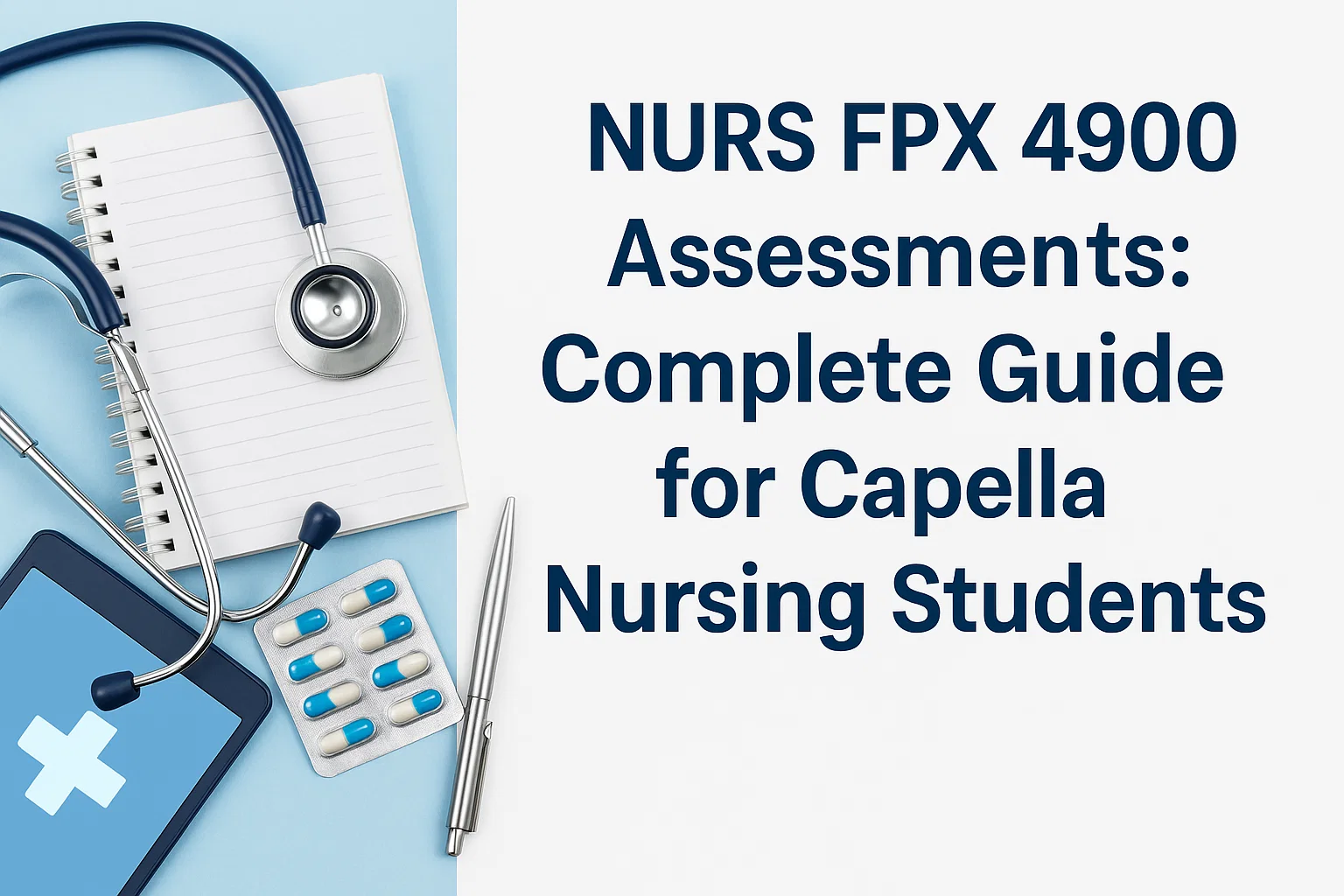Hypertension in Pediatric Patients: Workup, Differential Diagnosis, and Management in a 3-Year-Old Versus a 10-Year-Old
You see a 3-year-old with hypertension (documented on three different visits) in your primary care clinic.
Introduction
What is hypertension in children? Pediatric hypertension exists as a rare condition that demands medical attention. Medically, hypertension is defined as blood pressure levels exceeding the 95th percentile based on a child’s age group, sex, and height. If not properly treated, it can severely threaten future health. Children experience two forms of hypertension: primary (or essential) hypertension, often influenced by lifestyle factors in adolescents, and secondary hypertension, which results from existing medical conditions. A 3-year-old patient presenting with documented hypertension symptoms at three separate visits requires a detailed diagnostic approach, including a thorough workup to identify secondary causes and the development of effective management strategies. In some cases, hypertension medication may be necessary to control blood pressure and prevent complications.
This article explores the diagnostic path for hypertension in 3-year-olds and examines how the process differs for 10-year-olds. Risk factor counseling and management advice are provided to support the healthcare needs of both age groups.
Describe the workup, differential diagnoses, assessment, and management.
A proper workup of hypertension in young children must determine whether it stems from essential hypertension or secondary causes. Diagnosing hypertension in pediatric patients requires thorough investigation, especially for children aged three years old, as they show a higher prevalence of secondary hypertension. In some cases, symptoms such as a hypertension headache may help indicate the severity of the condition. The process involves identifying whether the child presents with stage 1 hypertension or more advanced stages, guiding the appropriate diagnostic and treatment steps:
1. Blood Pressure Measurement
The medical confirmation of hypertension depends on precise blood pressure measurement. The cuff used for measurement needs to match the child\’s arm size correctly. When measuring blood pressure in a 3-year-old child, a blood pressure cuff should reach beyond two-thirds of the upper arm. A correct diagnosis of hypertension requires blood pressure readings taken three times independently, since medical documentation needs multiple visits for verification.
2. Laboratory Tests
The confirmation of hypertension leads to laboratory testing that seeks secondary causes:
- Blood Tests:
- Kidney function tests: Laboratory tests consisting of serum creatinine and blood urea nitrogen (BUN) measures together with glomerular filtration rate (GFR) evaluation must be done to detect renal artery stenosis and glomerulonephritis as possible origins of this disease.
- Electrolytes: Measuring the levels of sodium, potassium, and calcium through electrolyte tests reveals hyperaldosteronism or parathyroid disease as secondary causes of this disease.
- Thyroid function tests: Laboratory tests for thyroid function provide essential information regarding thyroid gland activities since thyroid disorders may lead to high blood pressure.
- Urinalysis: A urinalysis allows healthcare providers to identify kidney-related problems through proteinuria, hematuria, and other renal diseases.
- Urine catecholamines: Tests of urine catecholamines need to be performed to diagnose pheochromocytoma or adrenal gland disorders.
3. Imaging Studies
- Renal Ultrasound: A renal ultrasound procedure provides a noninvasive assessment of kidney structures, detection of hydronephrosis, and evaluation of renal artery stenosis.
- Echocardiogram: The pediatric echocardiogram helps healthcare providers examine structural heart diseases, including coarctation of the aorta, because this condition leads to secondary hypertension. For those pursuing advanced knowledge in this area, exploring various nursing career pathways and specializations can provide deeper insights into pediatric cardiology and hypertension care.
4. Additional Tests
Specialized tests, including plasma renin activity and aldosterone levels, should be performed when hyperaldosteronism or pheochromocytoma are suspected endocrine causes of this disease.
Differential Diagnoses for Hypertension in a 3-Year-Old
Hypertension develops as a secondary condition in children below six years old through multiple possible disease sources. The possible cause of this disease is in a 3-year-old child include the following conditions:
1. Renal Causes
- Renal Artery Stenosis: Renal artery stenosis causes high blood pressure through reduced kidney blood flow, which activates the renin-angiotensin-aldosterone system (RAAS).
- Chronic Kidney Disease (CKD): Secondary hypertension develops when children have glomerulonephritis, congenital anomalies, nephrotic syndrome, or any other condition causing chronic kidney disease. Understanding broader healthcare challenges, such as confronting ageism in healthcare, can also enhance patient advocacy and care planning.
- Urinary Tract Obstruction: The condition of hydronephrosis, which accompanies kidney malformations, frequently increases the pressure in the blood circulation.
2. Endocrine Causes
- Hyperaldosteronism: Excessive aldosterone production in patients leads to sodium retention combined with potassium loss, thus causing this disease.
- Pheochromocytoma: The rare tumor of the adrenal glands known as pheochromocytoma produces excessive catecholamines, which in turn result in episodes or continuous hypertension.
- Cushing’s Syndrome: This condition causes the body to produce too much cortisol, which leads to higher blood pressure.
3. Cardiovascular Causes
- Coarctation of the Aorta: The narrowing within the aorta, known as Coarctation of the Aorta, elevates upper body blood pressure while raising arm pressure levels.
- Congenital Heart Disease: Elevated blood pressure is sometimes observed in children who have patent ductus arteriosus (PDA) as one type of congenital heart defect.
4. Drug-Induced Hypertension
Patients\’ blood pressure levels rise when they take corticosteroids and sympathomimetic drugs. A thorough evaluation of previous medications used by the child is required.
5. Obesity and Sleep Apnea
Obesity becomes a significant hypertension risk factor for a 3-year-old child when the child is obese, but it remains less likely to cause this disease at this young age. The condition of sleep apnea occurs more frequently in overweight children and leads to increased blood pressure levels.
Management of Hypertension in a 3-Year-Old
The management of this disease in a 3-year-old requires examination of the root cause and combines non-drug therapy with drug therapy for treatment.
1. Non-Pharmacological Management
- Lifestyle Modifications: Blood pressure management for 3-year-olds requires parents to adopt a healthy eating plan with limited salt consumption, regular exercise, and proper weight management. The management strategy for 3-year-olds includes educating parents about selecting nutritious food and providing enough exercise opportunities.
- Sleep Hygiene: Patients must receive proper sleep treatment to manage their hypertension because obstructive sleep apnea remains a significant sleep issue.
- Stress Reduction: The environment surrounding children should be free of stressors and maintained stable because this approach reduces blood pressure levels.
2. Pharmacological Management
Antihypertensive Medications: The medical team can use antihypertensive medications when lifestyle modifications fail to control blood pressure and secondary hypertension causes have been eliminated. These may include:
-
- ACE inhibitors or ARBs (angiotensin-converting enzyme inhibitors or angiotensin receptor blockers), especially if renal disease is suspected.
- Calcium Channel Blockers or Beta-blockers may also be used, depending on the cause.
3. Monitoring
Medical professionals should maintain regular follow-up sessions to check the child\’s blood pressure status. They should also closely monitor the child\’s reaction to medication treatment and any adverse effects of therapy.
How would your plan of care be different if the child were 10 years old?
The approach for treating this disease in a 10-year-old patient includes distinct changes to the evaluation process, diagnosis establishment, and therapeutic management.
1. More Likely to Involve Primary Hypertension
Hypertension with primary origin becomes increasingly prevalent among adolescents and older children compared to secondary hypertension cases in younger children. The factors behind primary hypertension usually include obesity, poor nutrition, sedentary lifestyle, and genetic susceptibility.
2. Emphasis on Lifestyle Modifications
The treatment of a 10-year-old patient would focus primarily on making lifestyle changes that include improved eating habits, increased exercise, and reduced screen time. The management of primary hypertension requires weight reduction for individuals who suffer from the condition.
3. Medication Management
When pharmacological treatment is necessary for a 10-year-old, the treatment substances, along with the dosage schedule, can differ. Monitoring blood pressure and cardiovascular risk factors for extended periods would be essential to avoid the development of heart disease in later life stages.
What risk factor counseling and advice would you include?
The long-term management of this disease demands risk factor counseling for both children who are 3 years old and 10 years old. Recommendations for parents would include:
1. Healthy Eating Habits
The diet should combine healthy foods that include various fresh vegetables and fruits, whole grains, and lean proteins, while parents should limit their consumption of salt and processed food. The 10-year-old should receive information about suitable dietary changes, but the 3-year-old needs guidance toward healthier food options in both daycare and at home.
2. Physical Activity
Regular physical exercise is essential for maintaining normal blood pressure levels. The family should perform daily physical exercise that includes walking, swimming, and biking for all members.
3. Sleep Hygiene
Good sleep practices, such as maintaining daily routines along with comfortable sleeping conditions and no screen use before bedtime, help stop sleep apnea and other conditions that lead to the development of this disease.
4. Family Support
Every member of the family must actively participate in managing this disease during childhood, specifically in cases involving a 10-year-old. The child needs parents to demonstrate positive health habits because parents must actively help the child maintain a healthy lifestyle.
Conclusion
Medical professionals should perform complete tests to detect hidden causes behind this disease in 3-year-old children. The management approach should combine lifestyle changes as non-drug therapy with medication treatment when needed. The diagnostic and therapeutic principles stay consistent between treating hypertension in a 10-year-old and a 3-year-old, but the therapeutic approach varies. The right healthcare approach and counseling from providers assist in stopping the long-term effects of hypertension and protecting children\’s health.
For affordable assistance, explore our cheap nursing papers service today.
References
American Academy of Pediatrics. (2017). Clinical practice guideline: Screening and management of high blood pressure in children and adolescents. Pediatrics, 140(3), e20171904. https://doi.org/10.1542/peds.2017-1904
National Heart, Lung, and Blood Institute. (2020). High blood pressure in children. https://www.nhlbi.nih.gov/health-topics/high-blood-pressure



